While We Were Watching Netflix, the EPA Stopped Doing Its Job
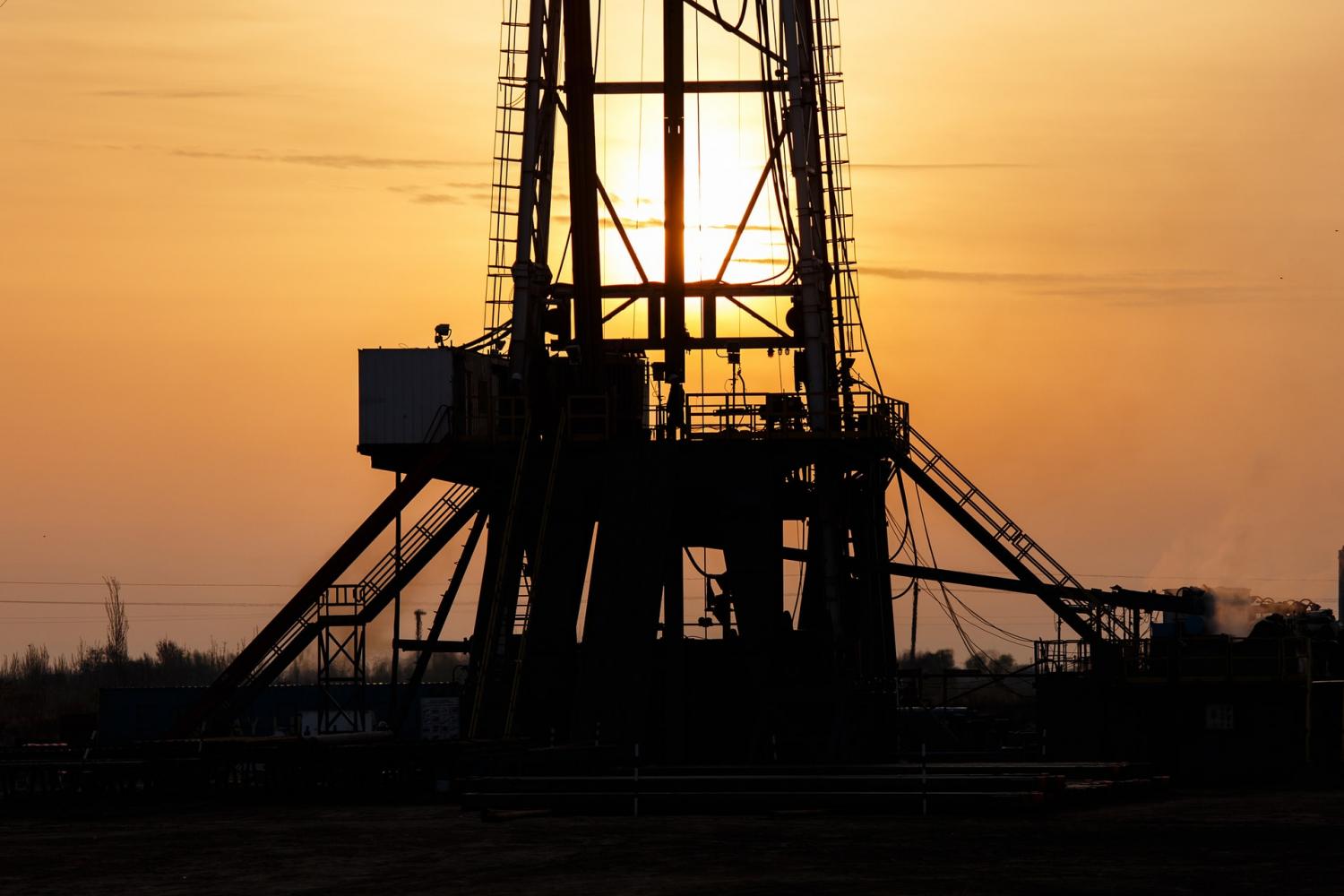
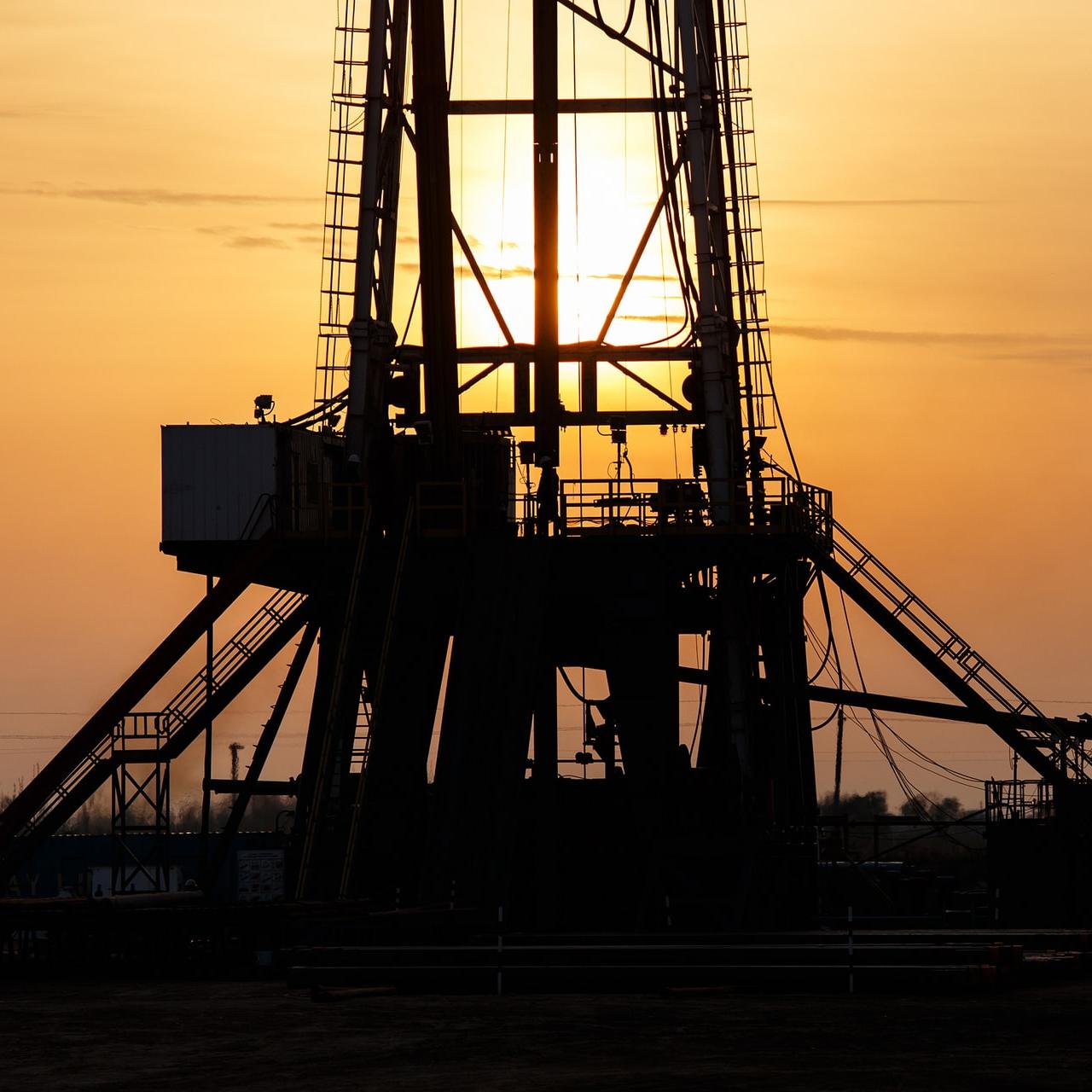
Yes, all of us are preoccupied with the novel coronavirus pandemic and its devastating impacts on society and the economy. But there are still challenges here in the U.S. and abroad that deserve attention, including environmental justice and environmental degradation that affect the health of both people and the planet. On that point, many are livid over the U.S. Environmental Protection Agency (EPA) decision last week to suspend enforcement of a range of environmental legal obligations due to the COVID-19 crisis.
"This temporary policy is designed to provide enforcement discretion under the current, extraordinary conditions, while ensuring facility operations continue to protect human health and the environment,” EPA Administrator Andrew Wheeler said in a public statement.
Critics of the EPA’s announcement, however, have described the agency as shirking its overriding responsibility and said it has, in effect, slammed the brakes on the enforcement of U.S. environmental laws.
“This EPA statement is essentially a nationwide waiver of environmental rules for the indefinite future,” Cynthia Giles, a former head of the EPA’s Office of Enforcement, explained to the political blog The Hill. “It tells companies across the country that they will not face enforcement even if they emit unlawful air and water pollution in violation of environmental laws, so long as they claim that those failures are in some way 'caused' by the virus pandemic. And it allows them an out on monitoring too, so we may never know how bad the violating pollution was.”
The American Petroleum Institute (API) has urged the White House to direct several federal government agencies to curtail temporarily certain “non-essential compliance obligations,” arguing that the oil and gas sector is at risk of “limited personnel capacity” due to the pandemic. The trade group has warned its members of the potential threats this pandemic imposes on the energy sector. The U.S. federal government’s $2 trillion stimulus bill excludes energy and gas companies after a successful push from environmental groups.
Give credit to the API for grasping what it takes to get the White House’s ear. The letter’s sycophantic tone contrasts sharply with the blunt directness that some U.S. state governors have taken when describing the Donald Trump administration’s response to this crisis – and the president, naturally, has clapped back in kind.
One blogger for the API made the point that the trade group was doing federal officials a favor with its call for temporary noncompliance, stating the request would:
“…Help protect federal officials, who otherwise would be traveling to worksites to perform tasks such as collecting signatures on forms. Temporarily pausing a relatively small number of provisions will help keep them and industry employees safe while both comply with federal and state virus orders.”
Critics of the EPA and U.S. energy industry were quick with their reactions. “This EPA decision exploits a public health crisis to further advance a dangerous political agenda that is stripping away the very environmental protections that science suggests are needed to combat climate change which may have a role in generating future pandemics,” Thomas Oppel of the American Sustainable Business Council wrote in an emailed statement to TriplePundit.
Over the years, many scientists and global health agencies have warned that one of climate change’s long-term impacts is a higher risk of pandemics. So while the current conventional wisdom is that climate change should move to the back burner while the world fights the surge in coronavirus cases, there’s certainly a case for not losing sight of the global climate change challenge.
The reality, however, is that the huge disruption in many citizens’ daily lives has meant a focus on ensuring we become accustomed to working and studying from home. Video chatting with friends and live streaming entertainment offer the few respites from what is now for many of us a mundane yet frustrating day-to-day existence. But this massive disruption in how we now live also means we are at risk of government taking action, or inaction, that isn’t in the best interest of the citizens it serves.
So now, not only do we need business to take the reins on ensuring citizens become proactive in flattening the curve, but we also need leaders to keep their eye on the ball and make sure the federal government does not use this pandemic as a an excuse to evade other responsibilities.
Image credit: Unsplash
GM’s New Model for Corporate Responsibility in the Age of COVID-19
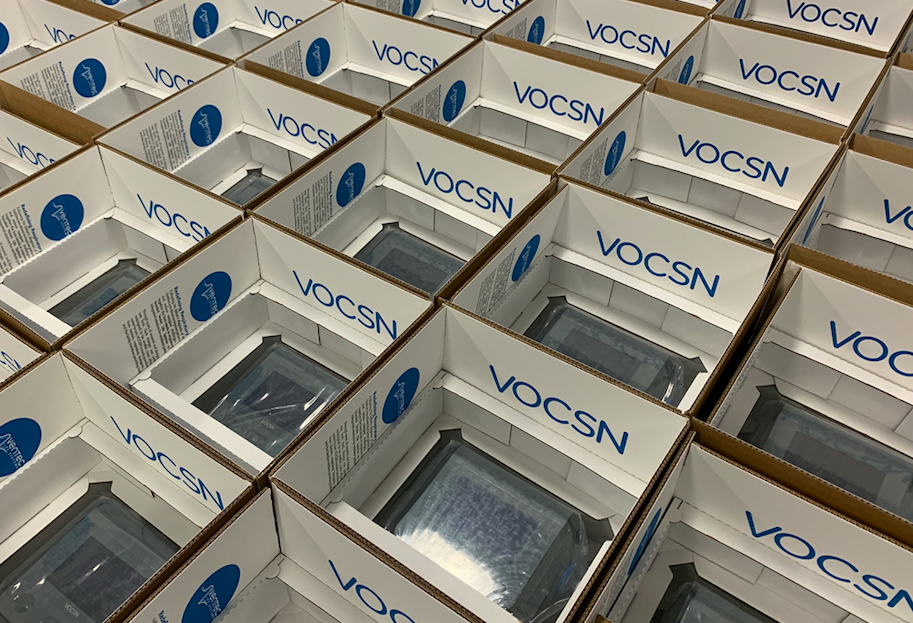
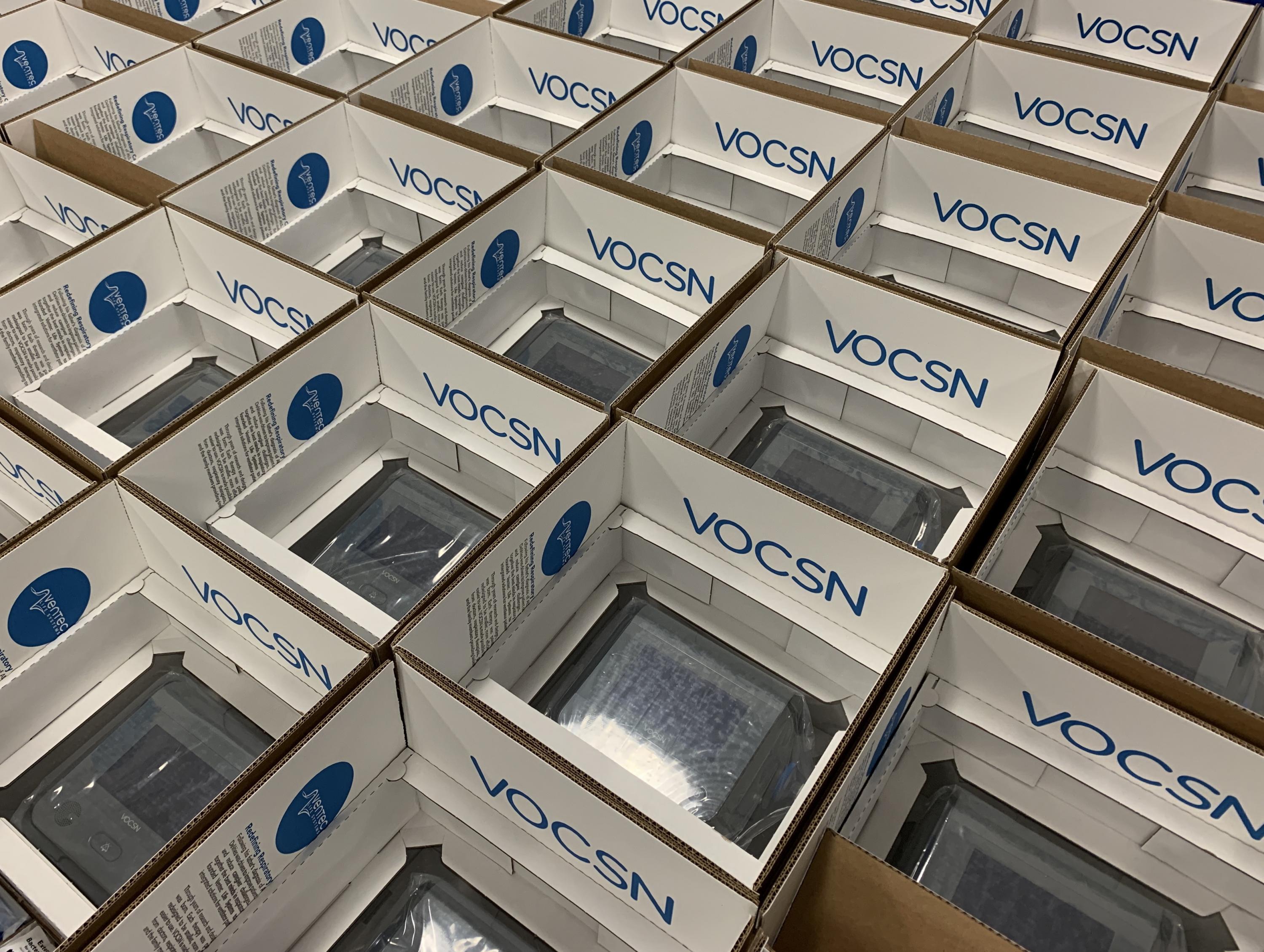
President Trump declared the COVID-19 coronavirus a national emergency on Friday, March 13, setting the wheels in motion to focus the energy of the nation on critical tasks. Or not, as the case may be. The President “invoked” the Defense Production Act (DPA) in the days that followed, but he failed to actually implement it. As a result, states have been left to scramble for a limited supply of ventilators and other lifesaving equipment while the death toll mounted.
In effect, the President dropped this supply crisis squarely in the lap of U.S. business leaders. Some have dropped the ball, most notably the U.S. Chamber of Commerce, which has reportedly lobbied heavily against implementing the Defense Production Act.
Others, however, have taken action. In particular, General Motors has provided a model for corporate response to the COVID-19 crisis.
General Motors rushes in where the president fears to tread
GM’s strategy has simply been to act upon its own resources rather than waiting for the President to exercise his authority under the Defense Production Act.
Ventilator production was apparently discussed between GM and the White House around the time of the March 13 emergency declaration, but nothing came of those talks.
Similarly, on March 18 Reuters reported that Barra discussed ventilator production with White House economic advisor Larry Kudlow, without any substantive word on reaching a deal.
Indeed, the deal still appeared to be in limbo on the morning of March 20, when the President held a lengthy press conference with the White House Coronavirus Task Force.
The President referred vaguely to GM during the event. However, he did not seem aware that GM had already set its ventilator production plan into motion — which the company announced by press release later that same day.
Cutting the leader of the free world out of the loop
With the March 20 press release, GM made its intentions on ventilator production crystal clear. The company is partnering with the ventilator specialist Ventec to ramp up production. GM and Ventec are also collaborating with the newly launched business organization StopTheSpread.org.
Beyond the nuts-and-bolts information, however, the press release conveys a much broader message about the profound lack of leadership from the White House.
Instead of giving the president at least passing credit for discussions leading up to the March 20 announcement, GM’s press release creates the inescapable impression that Donald J. was entirely irrelevant to the company’s efforts.
The press release makes no mention of any discussions or encouragement from White House officials of any status, let alone the President. It also includes no quote from the president, though both Ventec and Stopthespread.org are quoted.
In addition, GM Chairman and CEO Mary Barra wraps up the press release with this somewhat loaded observation:
“We are working closely with Ventec to rapidly scale up production of their critically important respiratory products to support our country’s fight against the COVID-19 pandemic. We will continue to explore ways to help in this time of crisis.”
If GM intended to work with the White House on ventilator production, that statement would have been the place to bring up the President’s name.
Instead, it’s cricket chirps for Trump..
That’s it. No mention of the president or of any plans to coordinate with the White House — though that’s understandable, considering that there appears to be no reliable guidance from the White House, Task Force or no Task Force.
Still no Defense Production Act…
That’s not the end of the story. As the New York Times reported on March 26, last week the Trump administration claimed the deal was off because GM’s (or Ventec’s) ventilators were too expensive.
That doesn’t appear to make much sense, considering that there does not seem to have been any formalized “deal” between the White House and GM to begin with.
GM has an entirely different view of the situation — and judging from the media record, it is also the correct view.
In an email to TriplePundit on March 27, the company stated that “Ventec, GM and our supply base have been working around the clock for over a week to meet this urgent need. Our commitment to build Ventec’s high-quality critical care ventilator, VOCSN, has never wavered.”
“The partnership between Ventec and GM combines global expertise in manufacturing quality and a joint commitment to safety to give medical professionals and patients access to life-saving technology as rapidly as possible. The entire GM team is proud to support this initiative,” the statement concluded.
In addition, on March 27 GM issued another press release updating its plans for manufacturing ventilators.
The new press release clarifies that GM will indeed retool one of its factories (a plant in Kokomo, Indiana) to produce Ventec’s ventilators, in addition to supporting Ventec’s supply chain. GM is also converting its Warren facility to make surgical masks for medical professionals leading the fight against COVID-19.
Finally, the Defense Production Act launches to take on COVID-19
GM’s March 27 press release emphasizes that “across all manufacturers” there is intense pressure to ramp up production of critical supplies.
That observation occurs in the second paragraph of the release, which is a position of some significance — but what, is the question.
President Trump may have answered that question later on the evening of the 27th, when he announced that he would finally implement the Defense Production Act in order to force GM to make the ventilators.
Again, that doesn’t quite make sense considering that GM was already well on track to make ventilators and surgical masks, too.
In that context, it appears that Barra has successfully baited the president into implementing DPA, by refusing to give him any public credit for the company’s production initiatives. The only avenue she left him was to invoke an authority that he had been conspicuously avoiding for days, despite repeated pleas from health and national security experts among many others.
On her part, Barra was relentless in her dismissal of any role for the president to play. She concluded the March 27 release by stating that “we are proud to stand with other American companies and our skilled employees to meet the needs of this global pandemic.”
It’s not shocking that the president would deploy his powers in office to hit back against a strong female leader, but now he is boxed in to implementing DPA on a broad basis. GM’s March 27 press release makes the case for implementing DPA “across all industries” rather than using it selectively to punish individual corporate enemies who refuse to kowtow.
For that matter, as of this writing it is still unclear whether or not Trump’s latest statement on DPA actually sets the wheels in motion for implementation. It might just be more of the same hot air.
Either way, more ventilators are on the way.
Image credit: General Motors
BlackRock Investors Push for Climate Action During Pandemic

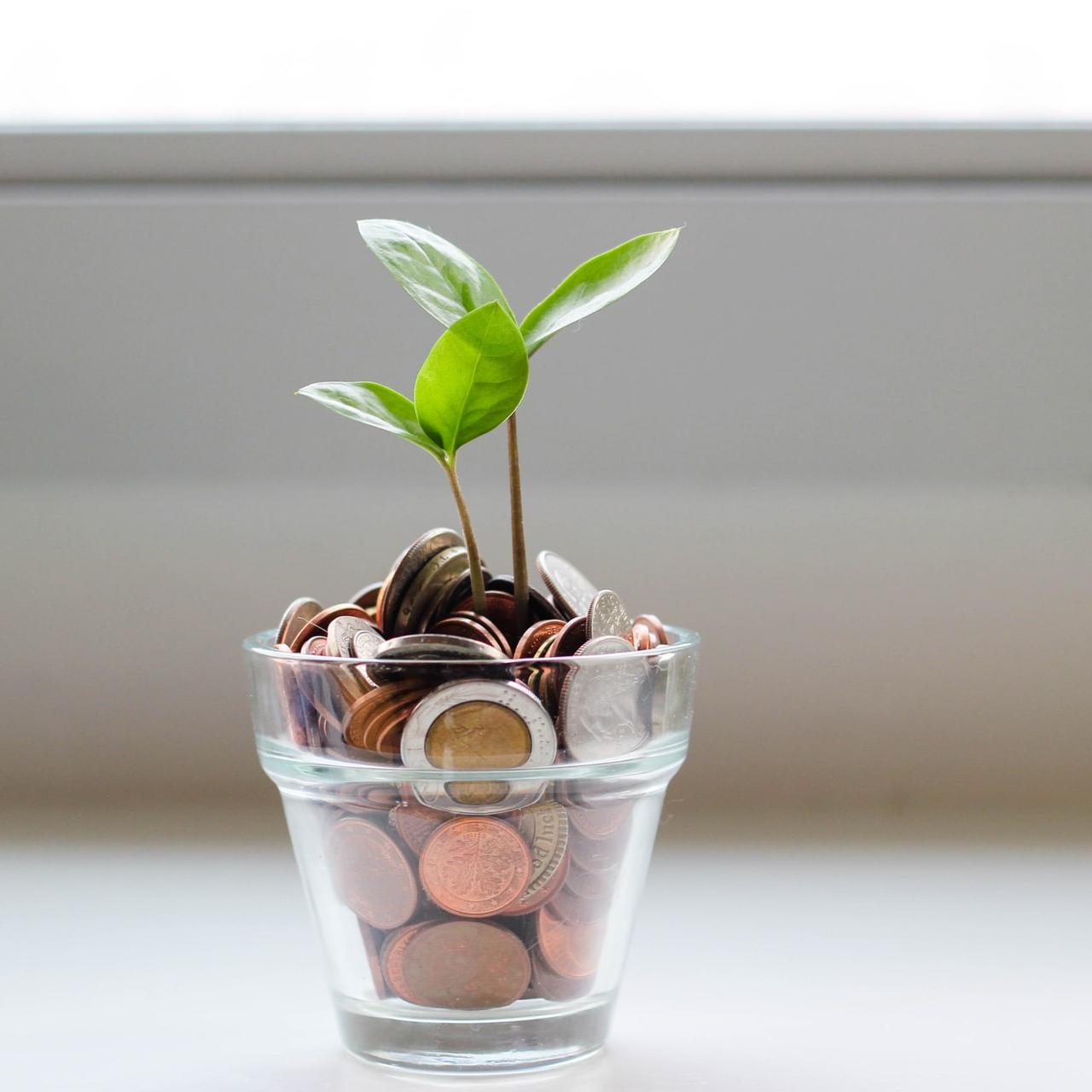
Earlier this month, through the novel coronavirus crisis that has halted much business activity in the world, the global investment manager BlackRock Inc. said it would do more to follow through on climate action. Ahead of the corporate annual meeting season, BlackRock executives have outlined more stringent priorities related to climate change and executive pay.
Despite the challenges confronting many companies during the pandemic, Michelle Edkins, a managing director at BlackRock, indicated to Reuters that the firm will not be lenient as it decides whether to support the re-election of board directors. BlackRock has given corporate boards have had plenty of time to make progress on climate issues.
“The concept of long-term sustainability would suggest that companies that come through this crisis and do well would be exactly the kinds of companies you would look to as role models,” Edkins said.
BlackRock has already voted against the chair of the audit committee of National Fuel Gas Co. during its March 11 annual meeting for delayed reporting on climate matters, a BlackRock spokesperson told Reuters.
Outlining ESG expectations to clients and CEOs
There’s no pausing climate action until next year for this investment firm. In a letter to CEOs, BlackRock’s CEO, Larry Fink, wrote, “Last September, when millions of people took to the streets to demand action in climate change, many of them emphasized the significant and lasting impact that it will have on economic growth and prosperity — a risk that markets to date have been slow to reflect. But awareness is rapidly changing, and I believe we are on the edge of a fundamental reshaping of finance.”
He adds later that investors are waking up to the fact that “climate risk” is “investment risk.”
The letter outlines actions BlackRock is asking companies to take in 2020:
- Publish disclosures that align with the standards set by the Sustainability Accounting Standards Board (SASB),
- Release climate-related risks the company may face, following guidelines from the Task Force on Climate-related Financial Disclosures (TCFD) and
- Include a plan for operations in a scenario where the Paris Agreement’s goal of limiting global warming to less than 2° Celsius is successful.
BlackRock will use these ESG (environmental, social and governance) disclosures or lack thereof to guide investments and voting. As an incentive, Fink includes in his letter the figure of 4,800 directors from 2,700 countries that BlackRock either didn’t vote for or voted against in 2019.
The same day, BlackRock wrote a letter to clients outlining initiatives the company is taking to position sustainability at the center of its strategies. Included are exiting thermal coal investments, publicly publishing the sustainable characteristics of all products and doubling ESG Exchange-Traded Fund (ETF) offerings.
Companies with strong ESG programs could become more resilient during this pandemic
Is BlackRock correct to assume that companies with a long-term sustainability outlook will be more resilient in this crisis? A new report from RBC Capital Markets (RBC) supports that conclusion. The study finds that companies performing highly on ESG factors have outperformed the rest of the market since the S&P 500 peaked on February 19.
Progress didn’t slow in March, as two-thirds of actively managed sustainable equity funds were beating their benchmark this month, as Sara Mahaffy, U.S. equity strategist at RBC and writer of the report, told Barron’s. Flows into these funds remained positive into March, the report found.
The resiliency thus far of ESG-driven companies indicates those are the businesses the American people trust, even in the midst of a crisis. And so far, the numbers are backing up this sense of trust.
“There is now a clear and direct line from a company’s ESG performance to cost of capital, profitability and share-price volatility,” Bud Sturmak, co-chief investment officer of Perigon Wealth Management, told Barron’s.
Beyond climate action: The ‘S’ in ESG is under the microscope more than ever before
But ESG efforts have some evolving to do, and need to go beyond commitments to climate action. The coronavirus pandemic has brought deeper awareness to the ’S’ of “Social” in ESG, especially as a record 3.3 million Americans file for unemployment benefits and others are furloughed.
“When we talk about the E, S and G, S has always been the poor cousin; it’s the issue that gets left behind,” Fiona Reynolds, CEO of the United Nations Principles for Responsible Investment, said in an interview with Bloomberg. “We are human so you’d think we’d prioritize things about other humans.”
BlackRock is not alone in its continued sustainability push. Barclays and Citigroup Inc. have also indicated they are supporting deeper vetting of companies’ ESG efforts during the pandemic. Barclays plans to provide an ESG assessment for all the companies it covers, and Citigroup told clients it will be asking companies more questions about employee benefits and mortgage relief.
It remains to be seen which companies’ stocks will remain resilient through the crisis. Even through the uncertainty, investors like BlackRock are reminding Americans that climate action must continue (though some organizations are less than impressed with BlackRock’s business practices). When we finally emerge out from the coronavirus crisis, though, we will approach ESG will be quite different. This pandemic is showing us that long-term company health means caring for workers just as much as we care for the earth.
Image credit: Micheile Henderson/Unsplash
Why the White House, and Business, Should Heed the Waffle House Index
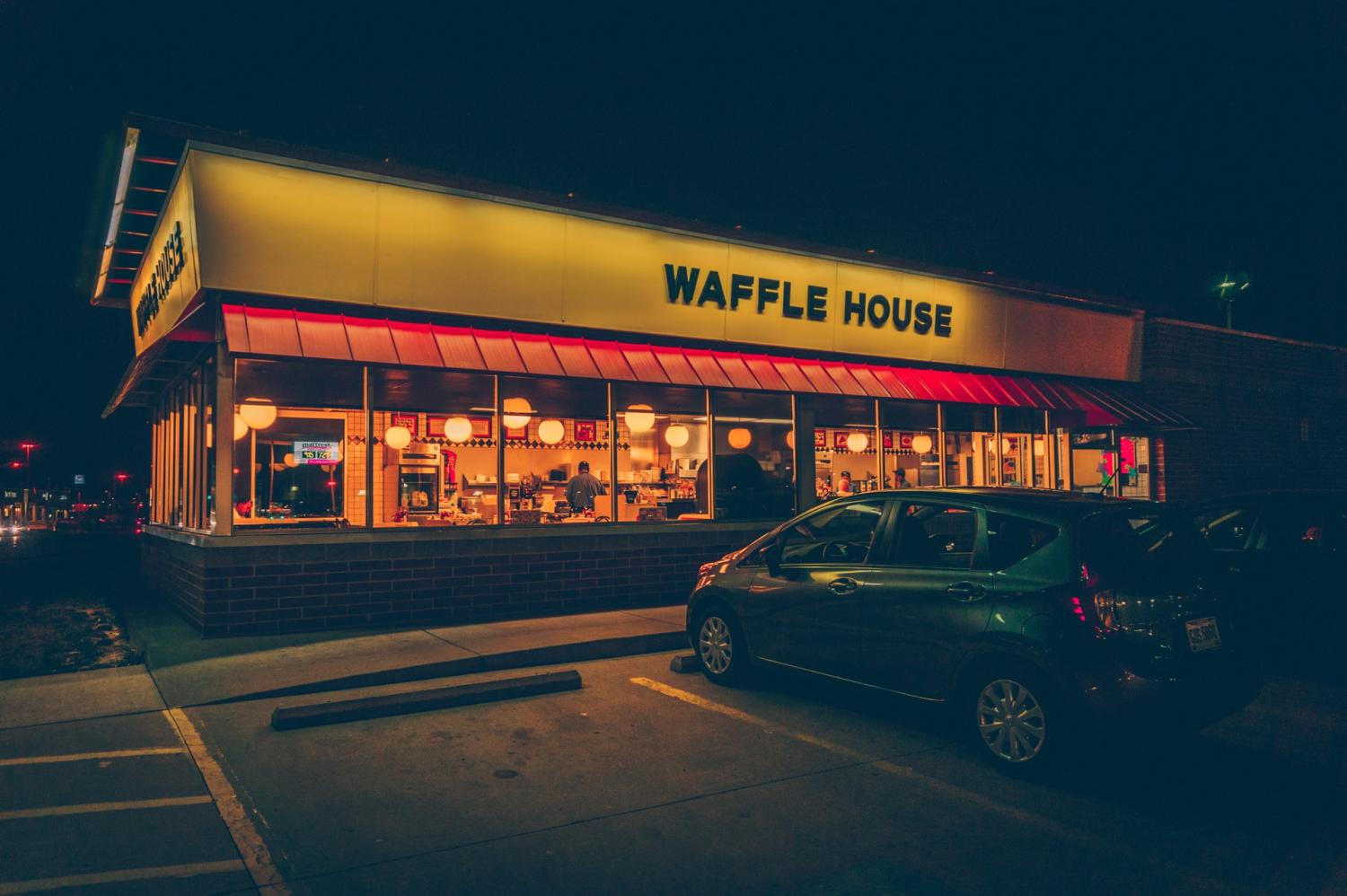
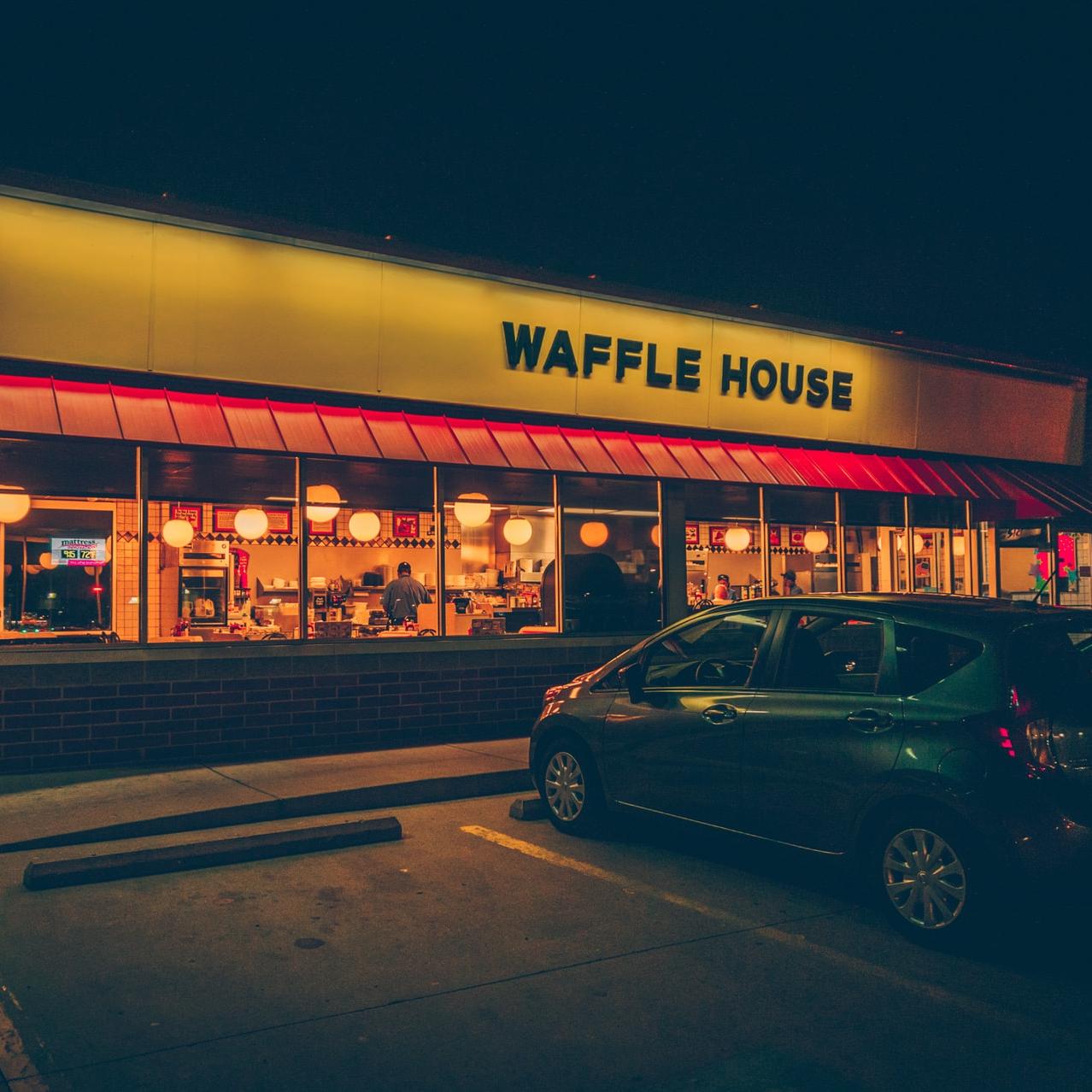
Strange as it may seem, a chain of restaurants called Waffle House has staked out a position for itself as the gold standard for disaster preparedness. The company has been so effective, in fact, that federal emergency managers once coined the term “Waffle House Index” to judge the severity of local and regional disasters. Now that the entire nation is in the grip of the COVID-19 crisis, the Waffle House Index is more significant than ever — and it has begun flashing red. Unfortunately, no-one in the White House appears to have gotten the message.
What is the Waffle House Index?
The Waffle House Index emerged on the media's radar in 2011, when the Federal Emergency Management Agency (FEMA) coined “Waffle House Index” in recognition of the company’s ability to re-open stores quickly in the aftermath of a natural disaster.
Many businesses close permanently after a disaster, but Waffle House had developed an uncanny ability to survive.
There are many aspects to the Waffle House strategy, but one key aspect is a strong focus on communicating with employees, and working with their needs, capabilities, and resources.
Part of that strategy involves coordinating the resources of more than 2,000 Waffle House stores nationwide. For example, the company can pull in employees from unaffected areas, so that employees at a disaster location can tend to their own families as needed.
The ability to dial down operations to continue functioning on a shoestring is also part of the plan.
Every detail is accounted for and prepared in advance, down to bringing in portable toilets, fresh water and generators to help damaged stores keep functioning.
Why FEMA loves the Waffle House Index
In 2012, FEMA articulated why it pays attention to the Waffle House Index, noting that “the Waffle House test doesn’t just tell us how quickly a business might rebound – it also tells us how the larger community is faring.”
Green means the situation is under control, with Waffle House stores operating on a full menu. Yellow means the community is stressed, and stores have cut down to a limited menu.
Red indicates that Waffle House has closed its stores and the community is in serious trouble. That means the disaster has moved beyond the capability of the company’s network of resources, alerting FEMA that local conditions are dire indeed.
Waffle House, the White House and COVID-19
And, that’s where COVID-19 comes in.
Waffle House stores are located in 25 different states, clustered mainly in the eastern U.S. with a heavier concentration in the south.
The company’s first experience with COVID-19 reportedly occurred on March 10, and that should have set off warning bells.
According to news reports, when a worker at a Georgia Waffle House tested positive for COVID-19, the company immediately closed the store for a four-day sanitation regimen.
No limited service, no sanitize-as-you-work.
Waffle House sent all of the employees home for self-quarantine, reportedly with pay for hours they would have worked during the four days that the store was closed for sanitation.
That was then.
In a Facebook post on March 24, Waffle House announced that it closed 365 locations, including many in states that had not yet issued stay-at-home orders.
To ensure that Facebook users got the message, Waffle House illustrated the post with a Google map showing all of its locations, open and closed.
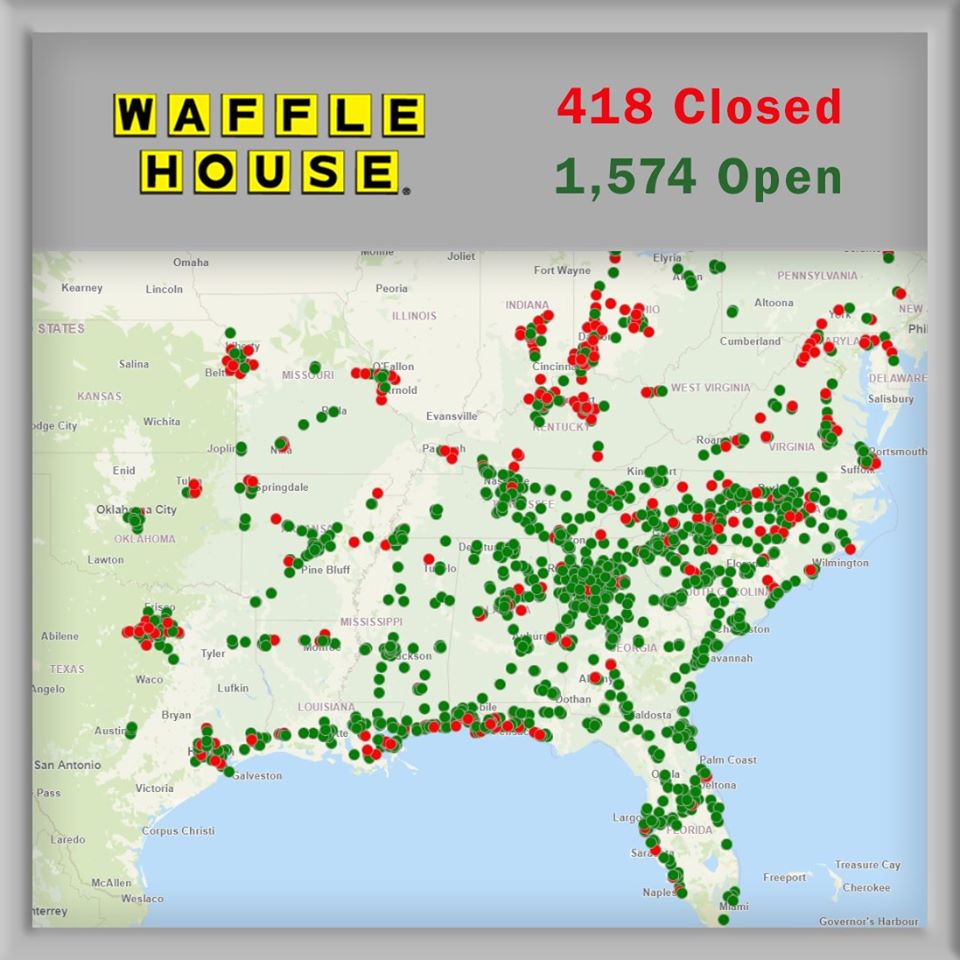
One day later, on March 25, Waffle House closed another 53 stores, bringing the total of closures to 416 and leaving it with 1,573 open — and again providing a map to illustrate how widespread the closures are.
If that’s not flashing red, it’s hard to say what is.
Nevertheless, as the COVID-19 crisis spins out of control, the White House continues to dither over implementing the Defense Production Act, undercut the stay-at-home strategy, promote quack and unproven cures and even haggle over the cost of vital supplies.
Some people — millions of them, in fact — may have thought it was a good idea to elect a television personality to the highest office of the land.
It seems they have gotten what they wished for. Unfortunately, so did everybody else.
Image credit: Simon Daoudi/Unsplash
Online Learning Is Widening the Homework Gap


Over the past few weeks, many educators in the U.S. have been preparing -- or made --the jump to online learning, after the novel coronavirus outbreak forced schools to close to slow the spread of the virus. But that leap has left behind a significant chunk of the nation’s students who lack access to the internet at home. Called the "homework gap," the situation could get worse before it gets better.
Online learning could worsen inequities in education
Closures of public buildings with free Wi-Fi such as libraries and recreation centers, which many students relied on to complete assignments, is leaving students with no options. Initially, many districts decided to close for two weeks in March, but the rapid spread of the virus is pushing those closures to a month or more, or possibly the remainder of the academic year. As of March 20, statewide school closures were declared in at least 40 U.S. states.
So while many educators are cramming to devise an effective online delivery system, a Pew Research Center analysis of data from the 2015 U.S. census indicated that 15 percent of households with school-age children lacked a high-speed internet connection. Because of that, 17 percent of teenagers reported in 2018 they were unable to complete homework assignments.
The problem is more prevalent for low-income and minority families. About 35 percent of households with school-age children and incomes below $30,000 a year lack high-speed internet connections at home, while the figure is 6 percent for similar households with earnings of $75,000, according to the most recent Pew study. Inadequate infrastructure in some communities, may be to blame for the lack of access, but the cost also is a big factor.
The cost of internet equipment and access add to families’ struggle
The Federal Communications Commission (FCC) concluded five years ago that the lack of internet access at home “puts students at a competitive disadvantage and can lead to reduced academic preparedness, decreased academic performance and decreased classroom engagement among students.” Students without internet access at home also consistently score lower in reading, math and science, according to the FCC.
Not to mention the number of students who don’t have computers or tablets at home. In the country’s largest public school system, New York City, which has an enrollment of 1.1 million, 300,000 students do not have electronic devices.
Without a national comprehensive plan that connects all students, those who already are struggling will fall further behind. “The inequities in all our education systems are going to be even worse,” Angela Siefer, executive director of the National Digital Inclusion Alliance, told CityLab. “The kids whose families do have internet connection are going to have at least some learning continuing during this period, and the kids who don’t won’t.”
Facing that reality and wanting to ensure equity, the Philadelphia Public Schools opted not to develop an online learning plan, because many of the district’s 200,000 students are from lower- income families who lack computers and internet access. “If that’s not available to all children, we cannot make it available to some,” Superintendent William R. Hite Jr. said at a recent news conference. Students received learning packets and the district will continue to hand these out at meal sites.
More internet companies are responding to the homework gap
Fortunately, actions are underway to provide at least temporary internet access during the school closures. As part of the FCC’s Keep Americans Connected Pledge, a number of internet companies are opening up free Wi-Fi hotspots and in some cases offering free internet to low-income families with students. Several companies also pledged to waive late fees and not disconnect consumers for the next 60 days.
In announcing the pledge, FCC Commissioner Jessica Rosenworcel said these steps are a commendable start, but more needs to be done--and quickly. “Schools are closing and so many students are being told that their classes are migrating online,” according to Rosenworcel. “We can use our universal service powers to provide hotspots for loan for students whose school doors have closed. We need to act immediately so that no child is offline.”
U.S. Senator Chris Van Hollen (D-MD) has introduced the Homework Gap Trust Fund Act, which calls for using some of the funds from the c-band midband spectrum auction to fund as much as $4 billion for a Homework Gap Trust Fund administered by the FCC. Under the proposal, jurisdictions could utilize funds to purchase wireless devices and support other efforts to provide more students with access to the internet. The FCC voted in February to allow an auction of C-Band mid-band satellite spectrum for land-based wireless. The commission wants to provide more spectrum for 5G. The auction is scheduled to begin in December.
The homework gap has been imminent for years, but the coronavirus pandemic has made real its severity and how slow the nation has been to address it. People who have been on the front lines of the problem, like Tom Esselman, CEO of Connect for Good, which provides low-income families in Kansas City, Missouri, with new or rebuilt devices, hope others get the message. He said in a CityLab article, “Not just cities, but also individual school districts and administrators have not taken seriously the issue of how many families are really truly affected by the lack of access.”
Image credit: Kelly Sikkema/Unsplash
3p Weekend: Companies Step Up to Help During the Coronavirus Pandemic
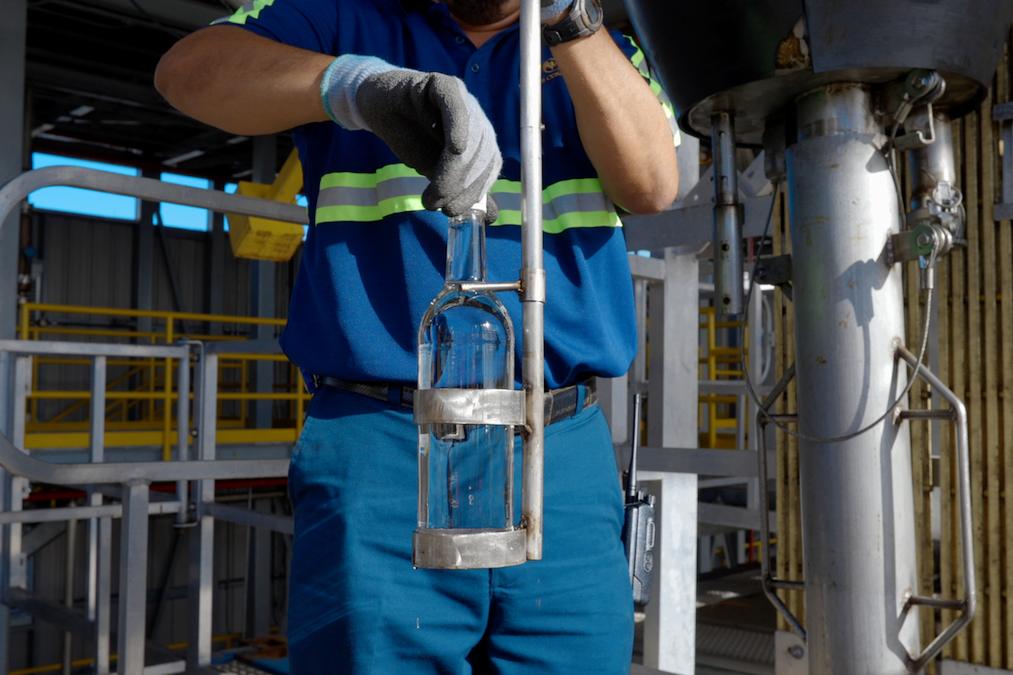
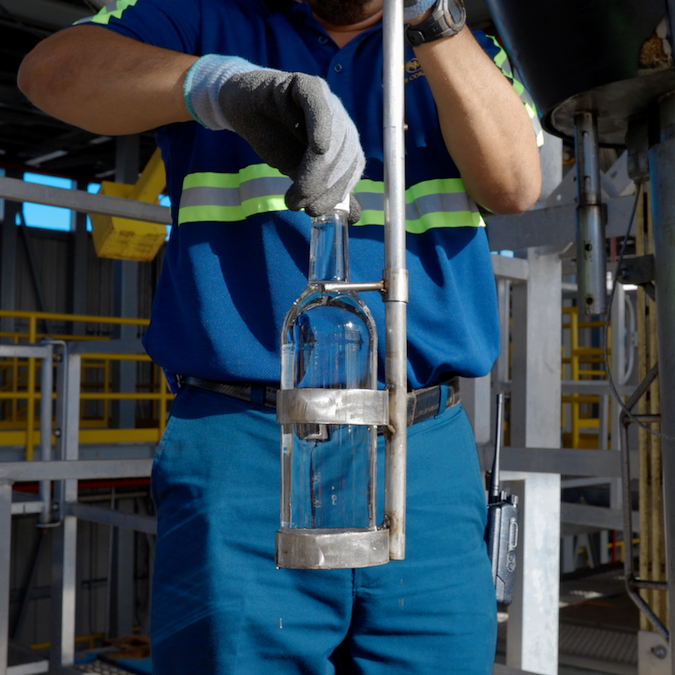
Full disclosure: This is hardly an all-inclusive list, but with all the overwhelming news bombarding us daily, we wanted to take a few moments to remind readers how we have seen strong leadership from companies worldwide. Tune in regularly, especially during our weekly Brands Taking Stands coverage, as we update our readers on the global business response to this pandemic.
Under strain, airlines are reinventing themselves during the pandemic
Yes, we know the airlines are under relentless criticism for the stock buybacks during recent years, but one analyst pointed out that, in reality, only one of these companies carried this approach to an extreme. So now, let’s give credit where it’s due.
On Wednesday, New York State Gov. Andrew Cuomo announced JetBlue would fly incoming medical volunteers willing to work in New York City to help fight this pandemic. Meanwhile, global carriers including Austrian Airlines, LATAM and Lufthansa are foregoing flying empty planes and instead are filling empty seats with much needed medical cargo.
Investors to companies: Look out for your employees
3p hasn’t been shy about urging companies to do more to protect their frontline workers, and now investors are chiming in. This week, the Interfaith Center on Corporate Responsibility (ICCR), a coalition of 195 institutional investors backed by $4.7 trillion in collective assets under management, urged companies to be mindful of how this pandemic and resulting humanitarian and economic crises will burden citizens worldwide.
In particular, the ICCR is urging the business community to provide paid sick leave, focus on employee health and safety, and take every measure possible to retain employees. “In the face of this global humanitarian crisis, we all benefit by coming together,” says the ICCR.
Signatories include BMO, Cornerstone Capital Group and Trillium.
Supply chains are quickly morphing to take on the global shortage of ventilators
The most frightening aspect of the pandemic is the fact local healthcare systems around the world do not have enough ventilators to assist the patients who have succumbed the fastest to COVID-19, the disease caused by the novel coronavirus.
On that point, it’s inspiring to see automakers including General Motors and Ford retool their operations to make ventilators. Medtronic and Tesla have said they’ll join forces to manufacture ventilators at a Buffalo, New York, facility. And James Dyson, the billionaire developer of air dryers and vacuum cleaners, told CNN he came up with a new design for this much-needed lifesaver in 10 days after U.K. Prime Minister Boris Johnson put in an urgent call.
ICYMI: Keep handwashing!
By now, you’ve memorized your favorite 20-second song to hum while you wash your hands (Yankee Doodle? Happy Birthday? Mary Had a Little Lamb?). But unfortunately, due in part to panic shopping or the fact that many of us don’t have the space or budget to stock up on items such as hand sanitizer, soap is often our best defense against this virus.
To that end, Unilever announced a $122 million partnership with the United Kingdom government to fund a global campaign that showcases the importance of handwashing. This program will in part serve to raise awareness of hygiene, but it will also provide as many as 20 million cleaning products to the world’s poorest people so they have what they need to stay healthy during this pandemic. This is hardly new territory for the Anglo-Dutch consumer goods giant. After all, it helps to have a 19th century soap brand, as in Lifebuoy, as a tool to help demonstrate why handwashing now matters more than ever.
This announcement makes us appreciate one of many timeless scenes in the 1982 classic, A Christmas Story, as well.
More hand sanitizer? We’ll drink to that!
We’ve seen several beverage and fragrance companies step out and do what they can to divert their resources to the production of hand sanitizer. Add one more to the list: Bacardi, which announced that various factories distilling Grey Goose vodka, Bombay gin, Martini vermouth, Dewar’s scotch and Angel’s Envy bourbon are gearing up to produce alcohol-based sanitizer (see the photo above). In turn, the company will distribute these products to local communities, medical professionals and first responders.
Finished off your Netflix watch list?
On a lighter note, let’s remember that this sudden change that has forced people work and learn from home has been a huge adjustment for many of us. So cheers to Verizon for adding another welcome distraction with a new series, Pay It Forward Live. Sorry if you missed last night’s Dave Matthews performance (which I played in the background as I typed up this article), but you can see who’s next on the calendar on Verizon’s Twitter feed or on Yahoo Entertainment. This series is part of Verizon’s plan to help out small businesses that have been suffering as a result of the COVID-19 crisis.
Image credit: Bacardi
How a Pandemic Exacerbates the U.S. Environmental Justice Divide
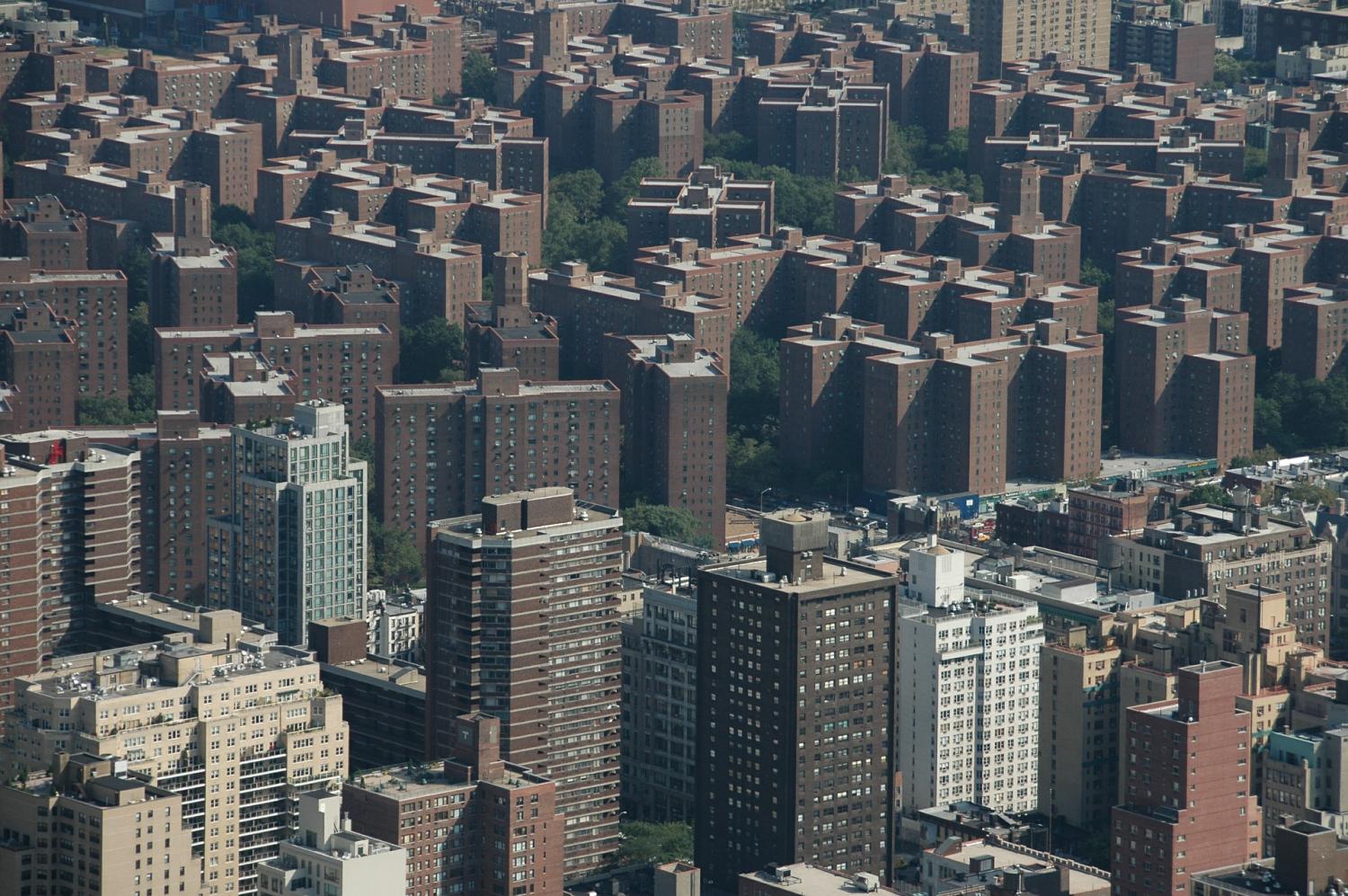
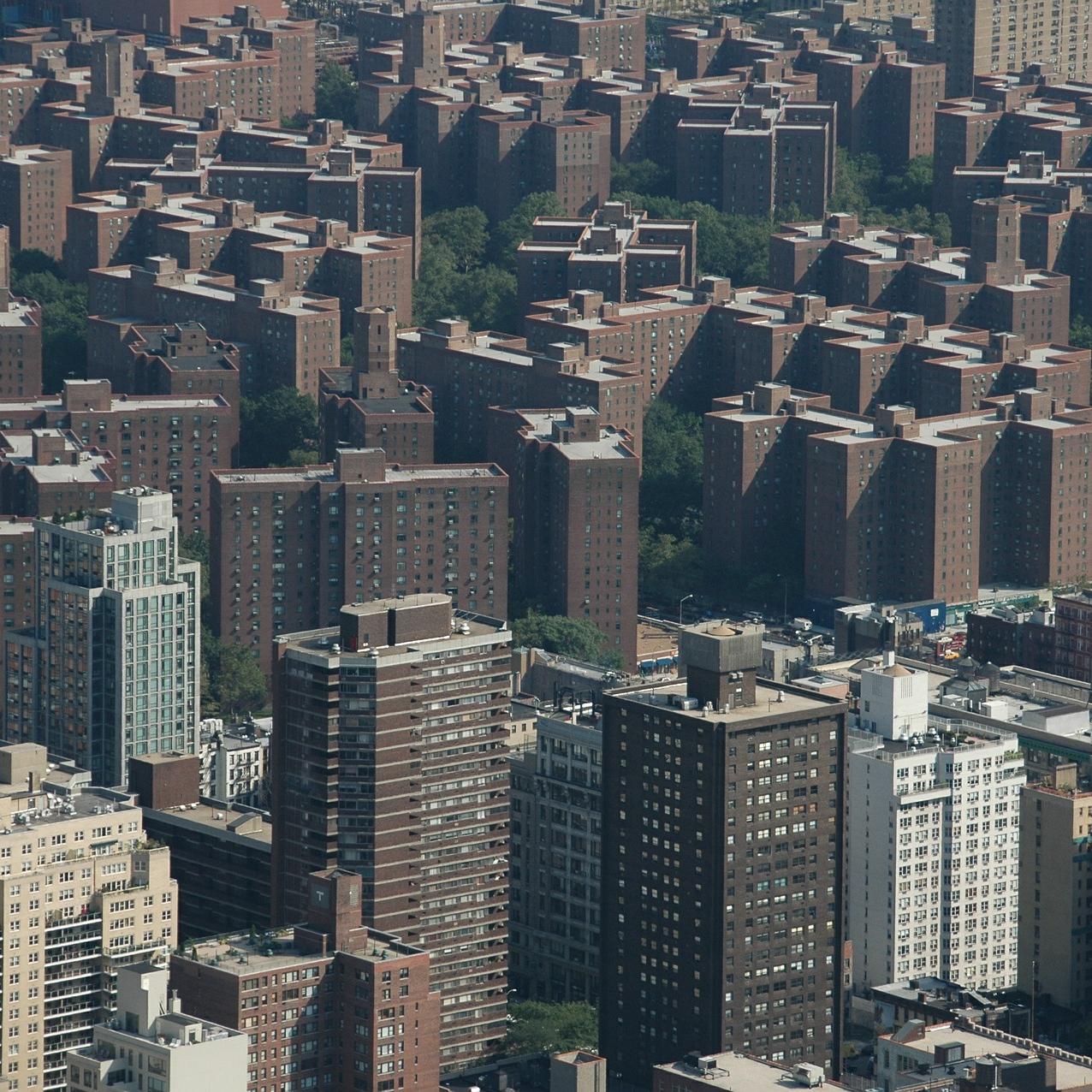
Everyone is scared and exhausted right now. But imagine, though, if your reality was scary and exhausting before this pandemic even surfaced in the U.S. Millions of people in this country live in communities that are already facing monumental environmental justice challenges on a day-to-day basis, including poor air quality, unsafe drinking water, pollution and job insecurity. All of these make COVID-19 a more serious proposition even than for the rest of us, but one that should concern everyone.
We all should be washing our hands often for at least 20 seconds. But what if the water from your tap is unsafe or unreliable? Stock up on food? It’s hard when you live in a food desert (half a mile from the nearest supermarket in an urban area or 10 miles in a rural area), as is the case in many low-income communities.
As America’s companies recalibrate during this crisis and attempt to sort out where they can target their resources, volunteers and donations, they have plenty of options to not only assist, but in the long term, help rebuild.
Retailers: Start focusing on food deserts
Many neighborhoods that are a stark reminder of the need for environmental justice are also bereft of stores that sell healthy food.
According to the U.S. Department of Agriculture, nearly 18 percent of Americans live in a food desert—that’s 54.4 million people. Buying a lot of food at once is hard when you struggle to pay the bills. And many people in these communities likely hold jobs in the service industry that have been cut as restaurants shutter to protect our health.
No longer receiving a paycheck or nightly tips could mean some very stark realities for people trying to stay healthy and feed their families. With schools closed, and with them many local school lunch programs, many parents may face going hungry themselves to feed their children.
As retailers scramble to hire more workers, it’s important to remember that they are also generating more profits – hence doing their part to take on these food deserts and assist families vulnerable to food security could help gain these companies more goodwill in the long run.
Environmental justice isn't possible without better air quality for all
Tied directly to the threat of COVID-19 on low-income neighborhoods and communities of color is that poor air quality disproportionately affects their residents. Poor air quality is a driver for chronic respiratory problems, cancer and heart disease, all of which are conditions that place someone in the vulnerable category for the virus. Lack of access to healthy food increases the risk of diabetes, another condition at the top of the list for vulnerability to COVID-19. African Americans, for example, are three times more likely to die from asthma-related causes than whites. And race is the best predictor for determining whether you live in a polluted area.
One low-income area in the South Bronx of New York City is nicknamed Asthma Alley for having some of the worst air pollution in the country. This is especially troubling as New York City has almost 18,000 people who have tested positive for COVID-19, as of press time. The people in these communities were vulnerable to pollution-related diseases before this pandemic, and now they are the most at-risk.
Pharmaceutical and healthcare companies are among the industries that can help pursue environmental justice for all. In the long term, it would behoove them and other sectors to support legislation that would ensure clean air quality for all citizens.
This pandemic has made social equity more difficult to achieve
It’s not just New York. Cities around the country have let down low-income communities and communities of color for decades when it comes to ensuring health and social equity. One ZIP code in Detroit, which has the nation's largest proportion of black residents at 71 percent, has devastating air quality and severe water quality issues. Some rural areas also suffer from poor air and water quality. For example, areas surrounding oil and gas operations or fuel refineries are saddled with a low cost of real estate for obvious reasons.
It is too early to tell what effects demographics or poor air quality will have on COVID-19, but the conditions that many people live in have led to inferior health, which puts them in the crosshairs of the deadly virus. Exposure to pollution is a long-standing problem that has never been adequately addressed, but the current blatant disregard of science and the lack of honest, accurate, science-based communications will only make this public health and environmental justice crisis worse.
This pandemic is a wake-up call for not only every business, but also for every person on this planet to think about things differently. Once we’re all back to work and emissions start rising again, we should be laser-focused on protecting the most vulnerable among us.
Truthfully, we should have already started.
Image credit: Pixabay
How NOT to Lead in the Era of COVID-19
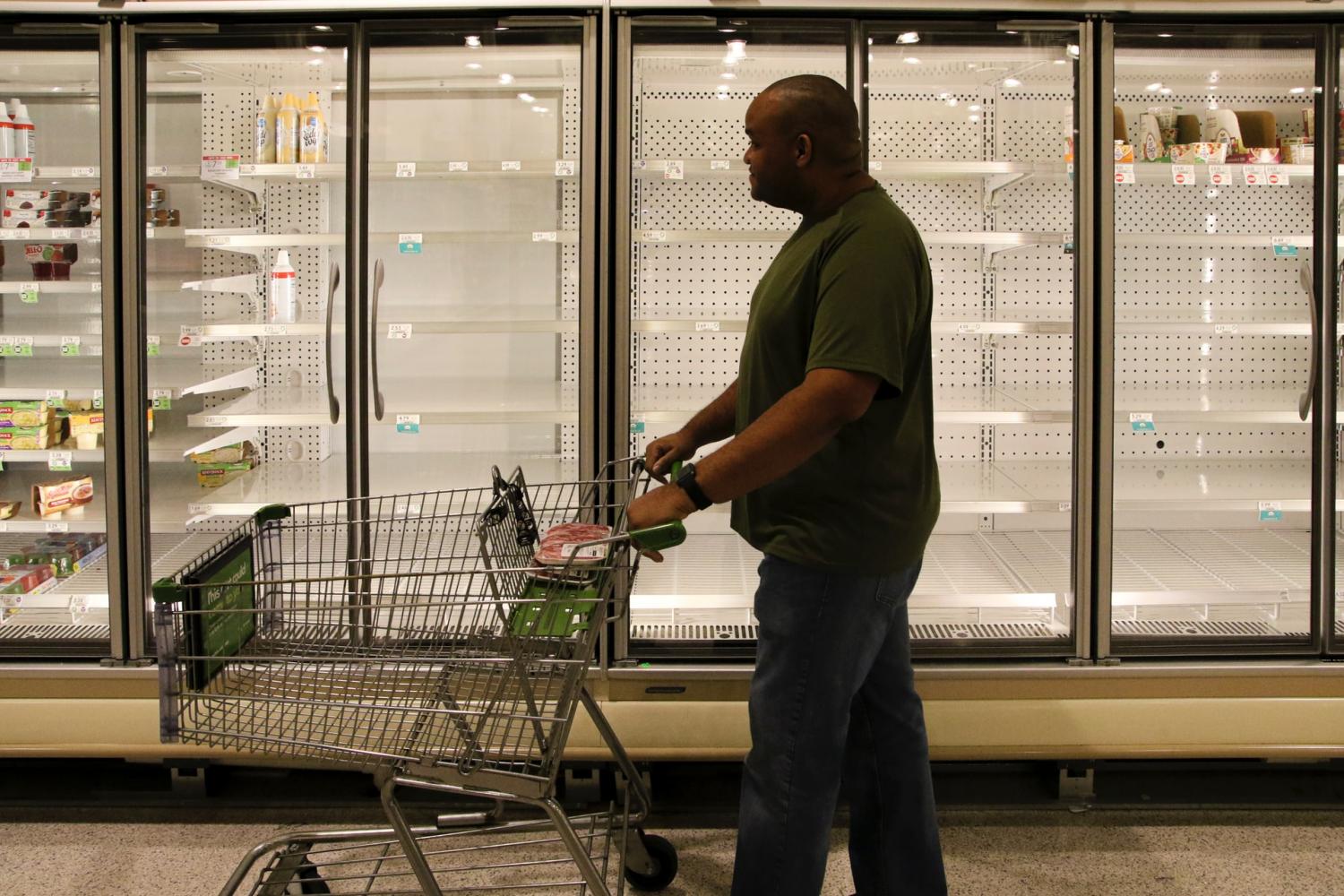
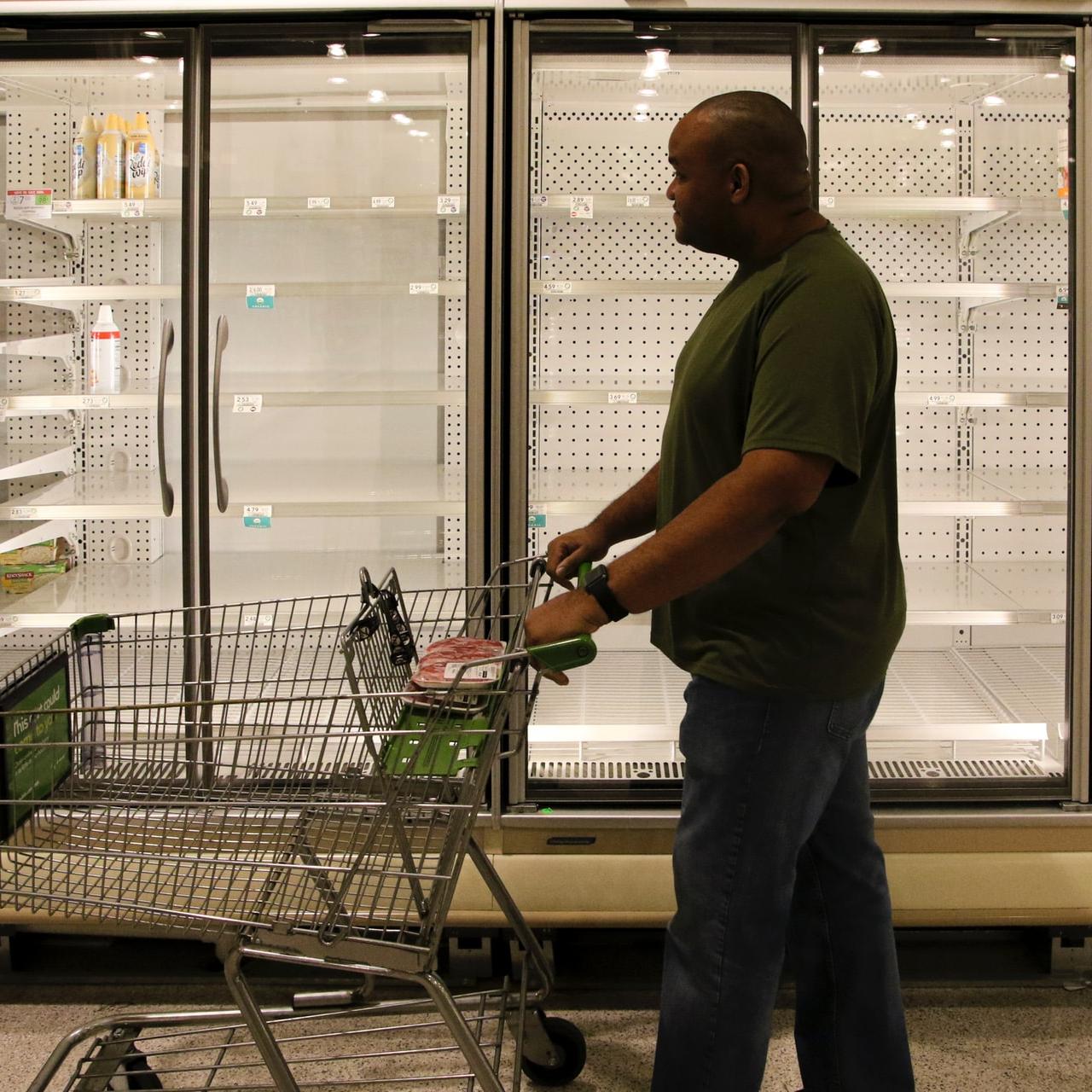
It’s impossible to list all the companies that have been standing tall in this time of crisis. We’re seeing heroic efforts from garment companies both large and small. Technology companies have helped to make students' jarring transition from the classroom to distance learning more seamless. Retailers are waking up and offering a boost in pay and, most importantly, paid sick leave.
But honestly, from our vantage point, America’s small businesses — many of which are on the brink — are punching above their weight in an effort to support their communities and employees. You’ve surely seen the social media posts from your city’s local restaurants asking you to buy gift cards, with anywhere from 20 to 40 percent of those proceeds going to employee assistance funds.
Meanwhile, we here at TriplePundit received several story pitches from some of America’s largest companies and their foundations touting monetary and in-kind donations, which look impressive as a raw dollar amount, but on average run between one-thousandth to one-ten-thousandth of 1 percent of these companies’ revenues.
That’s why some recent stories on the newswires are giving businesses a template of how not to approach a crisis. Here’s the fact: Once we’ve emerged from these dark days, many of us will remember the brands that stepped up, as well as those that punted.
Take Uber CEO Dara Khosrowshahi, who had urged the White House to include in any stimulus bill “protections and benefits for independent workers, not just employees.” But Uber’s business model depends on gig economy workers fronting the costs of health insurance on their own — and as Gizmodo’s Bryan Menegus pointed out this week, any benefits promised to drivers who are exposed to the novel coronavirus occurred due to pressure from Congress, not out of any sense of responsibility to these workers. Furthermore, the company has no clear plan on how it could notify passengers if they were potentially exposed to the virus during a ride.
Meanwhile, Amazon, which stands to profit handsomely during this crisis, said it would offer paid sick days in the event any worker is exposed to the virus. But after launching a $25 million employee assistance fund, the company asked the public to contribute donations to this program. After some criticism, Amazon changed the wording on this plea. Yes, the company did make it clear that it wasn’t expecting consumers to donate, as that language was required due to legalities. Nevertheless, at a minimum, the optics weren’t good.
“Isn't it a bit unseemly for Amazon, a company owned by the richest person in the world, to be soliciting donations to pay for workers' sick leave? Why isn't Amazon just paying people who contracted COVID-19 while doing essential work for Amazon?” journalist Judd Legum asked this week in his daily Popular Information newsletter. The first answer, we think, is yes. The answer to the second question would be a Dr. Anthony Fauci face-palm.
True, in fairness, no one in government or business has faced a firestorm quite like this. But just as countless citizens are stepping up to sew masks or deliver food to the elderly, we need our business leaders to show empathy and to reassure us that they are looking out for the most vulnerable.
Stay safe, everyone.
From our weekly Brands Taking Stands newsletter - be sure to subscribe!
Image credit: Mick Haupt/Unsplash
NYC Techies Rally to Assist Small Businesses Nationwide


Around the globe, retails and restaurants are shutting down as they respond to the COVID-19 pandemic that is threatening healthcare systems while forcing countless citizens to stay indoors. But the people who are feeling those doors shut the most are those who run and work for small businesses worldwide – as once those doors shut, they may never open again.
Granted, a host of corporate giants like General Motors are forced to close their doors as well, but many small businesses simply do not have the resources crucial for bouncing back from the catastrophes that COVID-19 is wreaking on both public health and local economies.
The health of the economy is tied to the survival of small businesses
Small businesses with 500 employees or less are the lifeblood of local economies and workforce. They comprise 99.9 percent of all businesses and (as of 2018) employ almost 59 million workers, according to the U.S. Small Business Administration.
As it stands, small businesses are already suffering the effects of the lockdown with no end in sight. Last week, the National Restaurant Association estimated that $225 billion would be lost within the next three months by the restaurant industry alone. The flow of income has dramatically slowed for many shops and restaurants here in the U.S., and it is all too clear that the economy is already burdened by these impacts.
But now, as these mom-and-pop shops are deep in the struggle to keep their heads above water, the generosity of some small businesses is surprising. Instead of spending all their lockdown time focusing on their bottom line, several businesses are choosing to show support to the local community during the COVID-19 crisis in a big way.
COVID-19: When the bottom line becomes less important than helping others
A Taco John’s franchise in Kentucky is one of many restaurants providing free meals to seniors -- no questions asked. All seniors have to do is call ahead and pick up the food in the drive-thru. Gov. Andy Beshear applauded the effort and encouraged people to support the restaurant.
Stories like that of Taco John’s are among the examples of small businesses that are doing what they can to serve the needs of their communities through the shortages. From providing free food to travelers and communities (think, World Central Kitchen) to free hand sanitizer made in-house at Shine Distillery and Grill to cranking out protective masks, small businesses are standing in the gap to provide the resources people need to get by. But who is looking out for the small businesses?
Supporting small businesses through gift cards
Many small businesses are turning to social media to ask people to purchase gift cards to help them stay afloat, as it’s become clear that a more widespread, targeted approach is necessary to prevent many locally owned shops and restaurants from closing.
To that end, web development volunteers in New York City, the U.S. city hit hardest by this public health crisis, responded to this urgent need with a new website called Helpmainstreet.com.
This website allows visitors to browse for their favorite small business and purchase a gift card to use later when shops and restaurants are again open. The backers of Helpmainstreet says that merchants keep 100 percent of the proceeds.
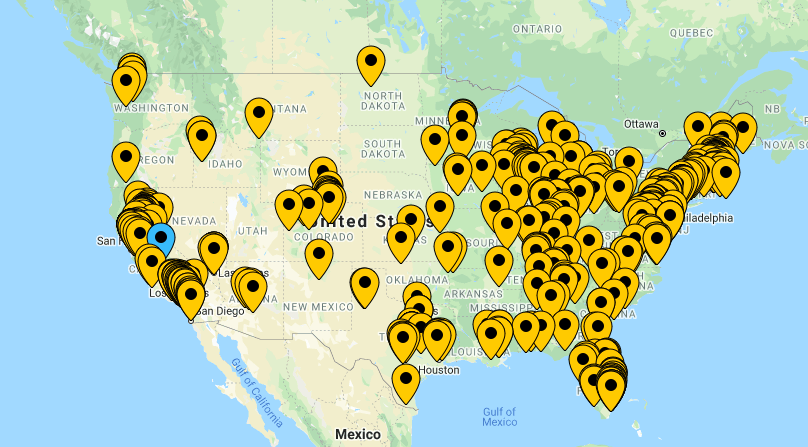
Image: A high-level view of small businesses nationwide Helpmainstreet.com is trying to help keep open.
Helpmainstreet’s homepage is a map of the U.S. pinpointing more than 20,000 small businesses in every state. Visitors also have the option of adding their favorite shop or restaurant to the website if it is not already on the map.
Niahl Metha, one of the founders of investment company Eniac Ventures, spearheaded Helpmainstreet.com. To do this, Metha reached out to his network of business resources and had the crowdfunding platform up and running in just two days with the help of the tech platform lunchbox.io.
Metha says a monthly donation is another feature that will be added to the website. Full disclosure: Any gift card purchase on HelpMainStreet.com should be considered a donation, according to Mertha. There are no guarantees of a particular business staying afloat after COVID-19 takes its toll.
“You may lose your money,” Mehta told Forbes during a recent interview. “You’re helping these businesses but there’s no guarantee that these businesses can be helped.”
Metha organized the site out of a strong sense of duty to supporting small businesses.
“It’s just our civic duty to be able to use whatever skills you have to be helpful to people in need,” Mehta said to Forbes.
Image credit: Pixabay
The COVID-19 Crisis is an ESG Issue: Here's What That Means for U.S. Businesses
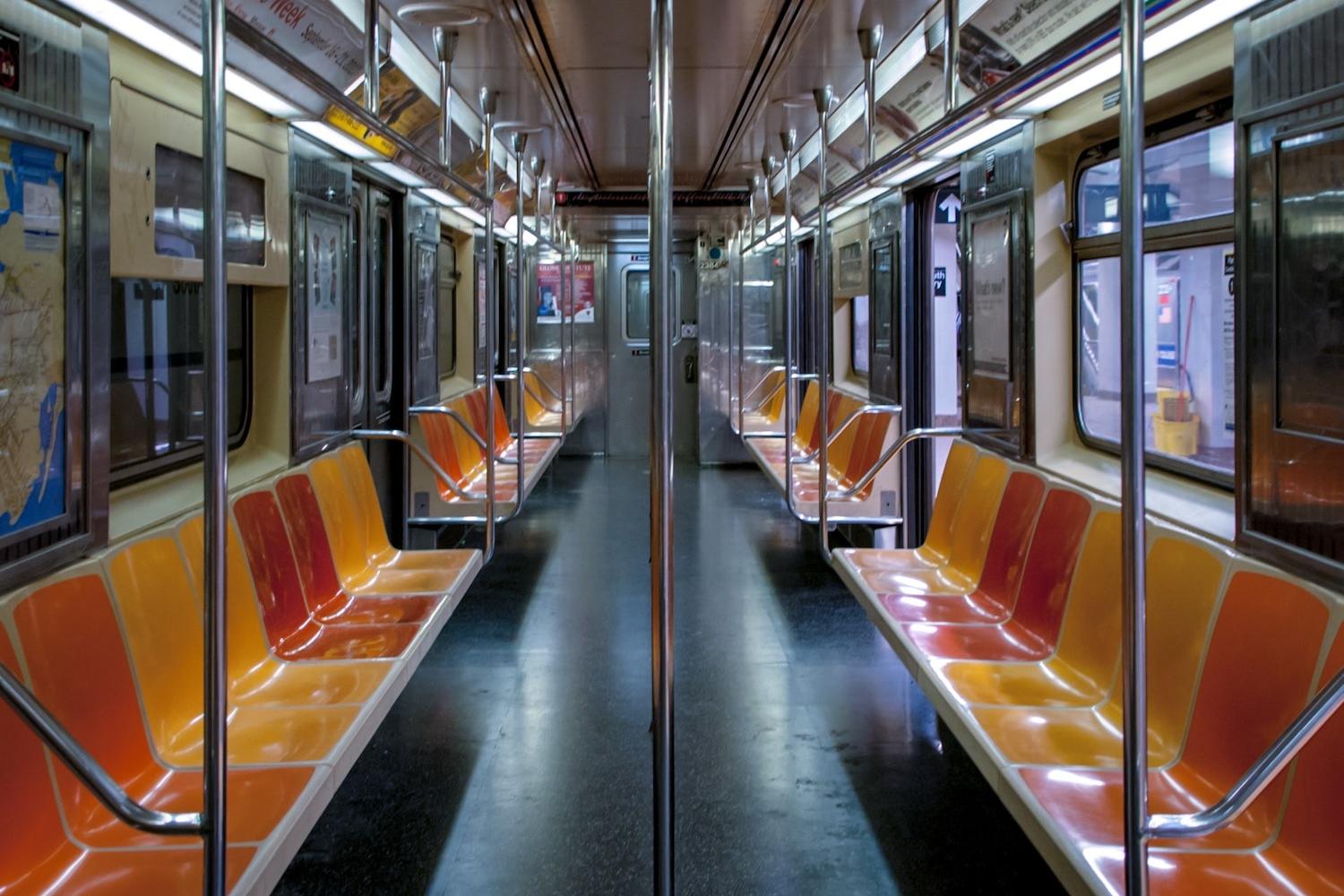
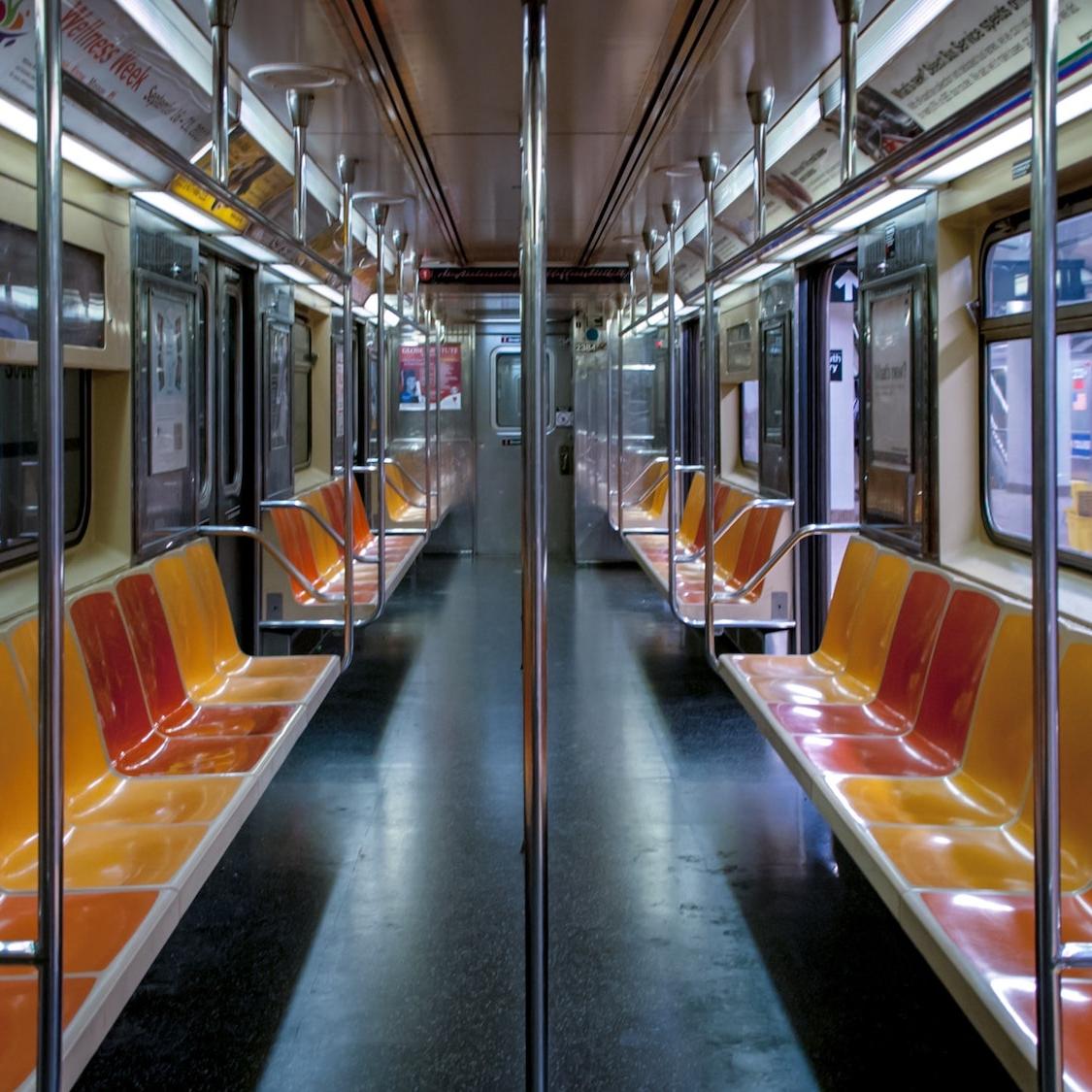
Most insiders predicted the 2020s would be the time when environmental, social and governance (ESG) factors became a business imperative. A record $21.4 billion flowed into ESG-lens investment funds last year, and investors were clamoring for more ESG information about the companies in their portfolios.
Then came the novel coronavirus pandemic — and the ultimate test of what ESG really means for businesses and the people they serve.
As former Unilever CEO Paul Polman told Ethical Corporation last week, the challenge we face is an "acid test" for stakeholder capitalism and the ways in which businesses, governments and civil society work together for the common good.
So, how can businesses step up? How can they best live their values, even as their bottom lines are strained? And how can they ensure their employees, customers and communities are protected?
On Monday, the global consultancy Brunswick Group hosted a public webinar focused on these questions and more. Their advice overlaps with existing research of the private-sector response in China and elsewhere, and how it applies to businesses now sitting at the epicenter of the crisis.
Protect your frontline workers
"Our understanding of what is critical national infrastructure and where we need to invest in our society is changed by these events," said Paddy McGuinness, a London-based senior advisor with Brunswick Group, who previously worked in resilience and security under two successive British Prime Ministers.
"The front line of dealing with this disease are those who, in many societies, have not been as highly valued as you might have thought: the nursing and care staff, the logistical workers, the people who get food onto store shelves, and the people who provide hygiene services," he continued. "In recent years, those workers have been a readily available commodity, and businesses were structured around their availability. Now, we find that they are the heroes in a quite extraordinary way."
As we've reported in recent weeks, the majority of these frontline workers receive little to no paid sick leave benefits. They're working tirelessly to keep the public fed, safe and healthy, despite knowing they're likely to be left out to dry if they get sick. But the way we view them could be forever changed by this crisis, McGuinness predicted.
"The longer it goes on and the more significant the effect that's evident to people, the more their attitudes will change, and a concept of fairness will creep in," he told business leaders and journalists on Monday. "When we've had events like this in the past — not necessarily epidemics and pandemics, but significant events where there's been a pulling together of society — it has affected the way we think about our obligations to each other, including the most vulnerable, including the lower paid. And I think that will come to the fore."
His predictions dovetail with a recent call-to-action from the business coalition BSR, which last week launched an effort "calling for a modernized social contract for the 21st century."
"While we are seeing in real time how well the social safety net functions, there are also long-term questions that business would do well to address more forcefully after this crisis is behind us," wrote Aron Cramer, president and CEO of BSR.
Shift your supply chains toward what's needed
China was the first epicenter of the novel coronavirus. Although the strict lockdown enforcements made possible by the nature of Chinese government and society likely "cannot be replicated elsewhere," there are lessons to be learned from their response, particularly with respect to business action, said Yan Mei, a former journalist who now oversees Brunswick's operations in China.
Notably, Chinese businesses moved to "reallocate and redeploy their human resources, retooling people who were let off work because of the shutdowns," Mei said.
"Just like in New York, San Francisco and other big cities, eateries, cafes and other small enterprises were the first to be hit once the crisis happened, and people lost their jobs," she explained. In response, Chinese e-commerce giants like Alibaba and JD.com created apps to transition small businesses to online orders and deliveries, making use of excess food supply and allowing some people to return to work.
"All of these restaurants were getting ready for Chinese New Year, and they were storing more than usual," Mei explained. "They were able to use these apps to send packaged foods and to transition workers to deliveries so all that food went to people who needed it and didn’t go to waste."
Meanwhile, manufacturing operations shifted production to critical medical supplies. "There was a push to ramp up the production lines and convert to manufacturing gowns, gloves, ventilators and respirators, and that’s why China now has more to deliver to the world," Mei said.
We're beginning to see a similar response in the U.S., which the World Health Organization warns could soon be the new epicenter of the crisis, although the early response came mostly from smaller businesses rather than major, U.S.-based multinationals. Local distilleries are using high-proof alcohol to make hand sanitizer, and small fashion labels have enlisted employees working from home to sew medical masks, to name just two examples. More recently, business giants like HP and 3M have stepped into the fray, ramping up production of needed medical equipment, a trend experts predict will continue. And it must.
Communicate clearly and often
Earlier this month, researchers from MIT's Sloan School of Management similarly analyzed how businesses responded to the spread of the novel coronavirus in China, sharing what worked and what didn’t. Among their suggestions: Clearly communicate what you're doing, detailing pertinent information and offering direct quotes from executive leadership, without bragging or boasting.
Lanhee Chen, a Brunswick senior counselor based in San Francisco and director of domestic policy studies at Stanford University, echoed this sentiment in a call to action for business leaders.
"It's really important for businesses to realize that we are in a state of response right now. There is no question we are responding, we are reacting. But we will soon be in a situation where recovery is the key," Chen said.
Health professionals continue to tell us there is no way to know for certain how long the current crisis will last. "I know it's hard to think about [recovery] in this context," Chen noted. "But it's important to begin to scenario-plan around what all those things might mean and how one would communicate to employees in that situation."
"The other important point is communicating with the outside world and thinking about how you talk to all of the stakeholders that matter to your business," he continued. "People like to hear, yes, you're being responsive to what's happening now, but they also want to hear that you've thought through what it means to recover from something like this."
Researchers at McKinsey & Co. similarly advised business leaders to address the now, while keeping an eye on the future, warning the situation is likely to get worse before it gets better.
The bottom line: If ESG matters to your business, now is the time to act
No one can ever be prepared for a human health crisis that threatens such widespread loss of life, brings everyday activities to a halt, and leaves the public so uncertain and fearful. But make no mistake: People are paying close attention to how companies respond — and how they treat their stakeholders when it matters most.
Long story short: If ESG leadership is important to your business, the time to act was yesterday.
Image credit: Kit Suman/Unsplash